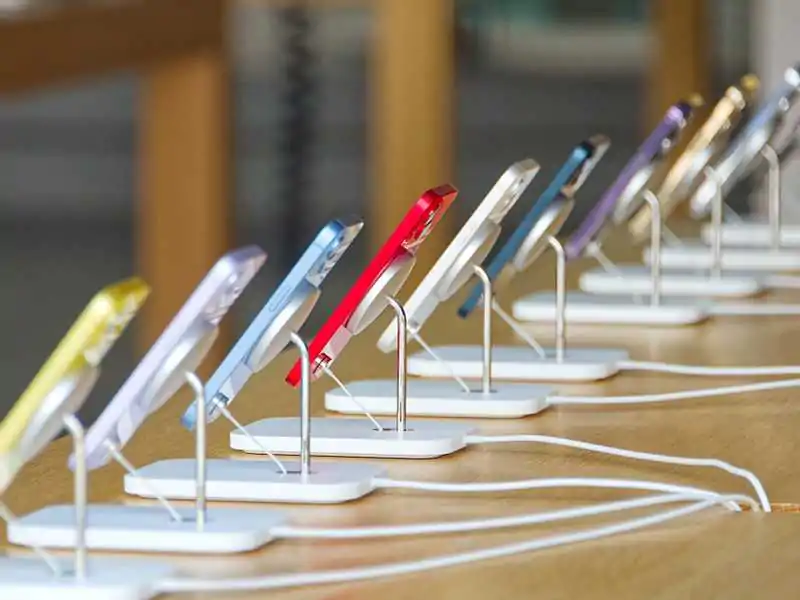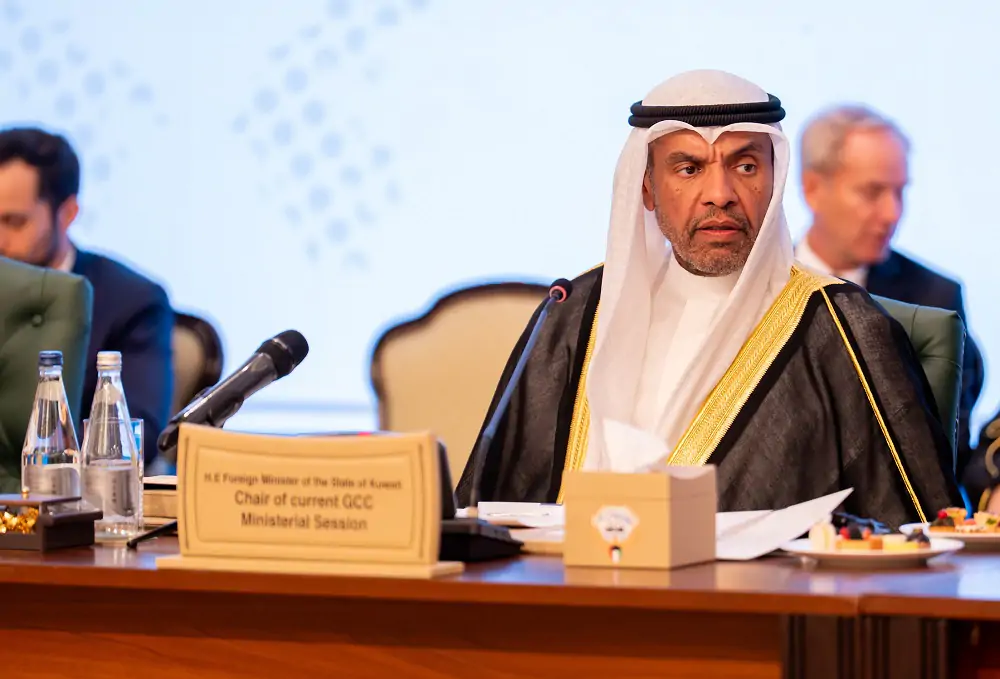Strong Growth Marks Q2 Import Performance
Kuwait’s Imports Jump 22% in Q2 2025 to 3.26 Billion Dinars, Fueled by Vehicles, Gold, and Medical Supplies,During the second quarter of 2025, the economy of the State of Kuwait saw its import bill swell impressively to around 3.26 billion Kuwaiti dinars, a leap of 22 percent compared with the same period last year. This sharp increase reflects more than just numbers, it highlights deepening consumer confidence, strengthening supply chains, and rising demand for goods across multiple sectors.
What’s Driving the Surge?
Several key product groups fueled the rise. Imports of vehicles recorded a strong jump, underlining both rising personal consumption and possibly business fleet upgrades. Precious metals and jewelry type goods, especially gold, also saw heightened imports, signaling robust spending in the luxury segment and perhaps strong investment appetite among residents. On the health front, medical supplies moved up significantly, hinting at a continued focus on healthcare infrastructure and preparedness. These factors combined to deliver the overall import growth.
Vehicles: A Symbol of Spending Momentum
The vehicle sector emerged as a standout. Increased imports in this category suggest that Kuwaiti households and businesses are more willing to spend on larger ticket items, either personal cars, commercial vans or trucks, or perhaps even specialized vehicles. This kind of buying behavior speaks to consumer optimism and credit availability. It also points to favorable financing options or incentives that may be encouraging such purchases.

Gold and Luxury: Shining Bright
Gold continues to hold its appeal in Kuwait. The uptick in gold and other jewelry related imports suggests that residents are not only spending but also investing in assets that carry intrinsic value. Luxury spending tends to flourish when disposable incomes rise or when people feel secure about their financial future. In this environment, gold plays a dual role: wearable luxury and store of value.
Medical Supplies: Health and Infrastructure Gaining Priority
Import growth in medical supplies is a particularly meaningful development. It signals ongoing investment in healthcare infrastructure, procurement of advanced medical equipment and consumables, and possibly a strategic focus on strengthening the health system. In a region where wellness and quality of life are increasingly important, these imports reflect not just demand but ambition.
Implications for the Economy
A 22 % import growth is more than a statistic, it’s a signal of broader economic dynamics at play. When imports climb, it often means domestic demand is rising. For Kuwait, that’s a positive sign: consumer confidence is firm, businesses are active, and supply chains are flowing. At the same time, such growth raises questions about balance because rapid import rises may widen the trade gap unless exports or value added domestic production also strengthen.
Opportunities and Risks
From an opportunity standpoint, this surge opens doors:
- Businesses supplying vehicles, medical equipment or luxury goods may find fertile ground in Kuwait’s market.
- Logistics providers and service sectors tied to import flows can benefit from increased shipping and handling.
- Investors might view this as part of a diversification story where non oil trade plays a stronger role.
On the risk side:
- Heavy reliance on imported goods may dampen incentives for domestic manufacturing or assembly.
- A sharp jump in imports without matching exports could stress the current account or the dinar pegged exchange system.
- Inflationary pressures: if demand climbs too fast, imported goods may be more expensive, potentially passing through to consumers.
What This Means for the Future
Given the trend in the second quarter, it’s reasonable to expect that Kuwait’s import engine will remain active in the near term, especially if global supply remains steady and domestic demand continues rising. The sectors that led the way (vehicles, luxury/gold, medical supplies) may well remain focal points, yet other areas could begin to pick up too such as electronics, home improvement goods, and perhaps high end consumer products.
If policymakers in Kuwait capitalize on this momentum by fostering local value added production, improving logistics and encouraging export growth, they could turn what is now an import led boost into a more balanced growth story. That would align with longer term objectives of broadening the economy beyond oil and gas.

Human Impact and Everyday Lives
Behind the macro figures are real people and real changes. A growing number of Kuwaiti families may now be upgrading vehicles, choosing more advanced medical care, or buying high quality products they previously delayed. Entrepreneurs and small business owners may be importing new equipment, expanding services, or launching new ventures. The buzz of activity in shopping centers, showrooms and healthcare facilities reflects a society moving with purpose.
At the same time, for workers in logistics, customs, retail, and service industries, the surge in imports means more opportunities: more shipments to handle, more goods to display, more demand to meet. For international companies eyeing Kuwait, the message is clear, the market is active, demand is real, and the timing is opportune.
Strategic Takeaways for Stakeholders
- For importers and traders: This is a period of strong demand, stocking relevant vehicles, luxury goods and medical supplies may pay off.
- For domestic producers and entrepreneurs: Consider how you can capture part of this value chain, assembling imported components locally or offering complementary services.
- For policymakers: Use this momentum to catalyze local industry, promote export readiness and ensure trade flows remain sustainable.
- For investors: Sectors tied to the import surge such as logistics, retail, and healthcare equipment merit attention given the favorable trends.
A Positive Momentum Story
In a world where economic headlines can often lean difficult or uncertain, Kuwait’s 22 % import surge stands out as a story of positive momentum. It reflects growth, demand, and engagement. It suggests that behind the scenes, businesses and individuals are active, confident and ready to spend. If this translates into broader economic strengthening, building from demand to supply, from consumption to production, then the benefits could be long lasting.
Looking Ahead: What to Monitor
As we move beyond Q2, a few indicators will be important to watch:
- Will import growth sustain or moderate in coming quarters?
- Are exports and domestic production responding in kind, or is the country becoming more import dependent?
- How will inflation or currency pressures affect the cost of imported goods for consumers?
- What policy responses emerge from the government to harness this moment for long term structural benefit?
By keeping an eye on these trends, stakeholders, whether businesses, investors or policymakers, can navigate the current upswing with foresight and purpose.
Conclusion
The surge in Kuwait’s imports in Q2 2025 to 3.26 billion dinars and a 22 % rise is not just a number, it’s a voice of growth, hope and activity. It signals that the wheels of trade are turning, that demand is strong, and that the country’s market is alive with possibilities. With the right strategy and focus, this momentum can serve as a pillar for a broader economic narrative, one where growth is inclusive, sectors diversify, and people prosper. As Kuwait charts its next phase, this import surge may well prove to be a meaningful stepping stone.
Do follow Gulf Magazine on Instagram.
Also Read – Best Things to Do in Doha This Week (19–25 October 2025)



